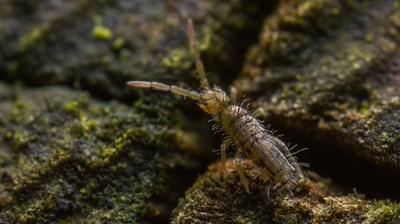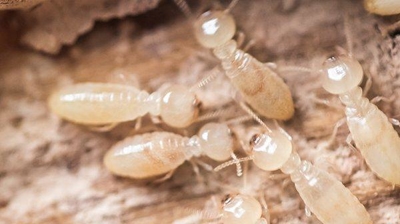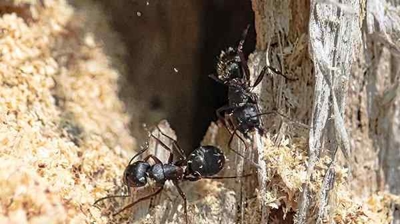
Ticks
What Types Of Ticks Are Common In Texas?
What a tick looks like will depend on its specific species. Here in North Texas, the Lone Star tick, black-legged tick, American dog tick, and brown dog tick are the most common species of tick.
What Do Ticks Look Like?
Lone star tick — Lone star ticks grow to about 1/8 of an inch in length and are brown; the females have a distinctive white spot in the middle of their back. After feeding on a blood meal, the lone star tick becomes more of a slate gray color.
Black-legged tick — Before feeding on a victim, these ticks grow to about 1/8th of an inch in length; males are generally smaller than the females. After feeding, they become engorged with blood and become larger in size. Their body is oval and broad in shape; before feeding they are orange-brown, and after feeding, they are more of a rust-brown color.
American dog tick — American dog ticks are brown and have white or yellowish-gray markings. Males will grow to about 1/8 of an inch in length and females can grow up to ½ inch in length after feeding.
Brown dog tick — As their name suggests, before feeding, these ticks are a brownish-red and are around 1/8 of an inch in length. After feeding they become a grayish-blue color.
Are Ticks Dangerous?
Ticks are dangerous to have invading your property because they will not hesitate to feed on your blood or that of your family and pets. Ticks feed on a wide variety of hosts and carry and transmit a wide variety of disease organisms (some very serious) to both people and animals. Black-legged ticks, or deer ticks as they are commonly referred to, transmit the very serious Lyme disease which, if left untreated, can cause very serious health consequences.
Where Am I Likely To Find Ticks?
Ticks are mostly found living outside and generally are only found inside after being brought in on a person or pet. In order to find a new host to feed on, ticks hide out waiting for a person or animal to walk by so that they can climb upon and eventually begin feeding on them. Outside, ticks are usually found along the edges of a habitat, like in the transitional space between grass and a wooded area. They are also quite commonly found hiding in tall grasses, inside wooded areas, under piles of leaves, and in and along woodpiles and stone walls.
Does Modern Offer Tick Control?
Modern Pest Control provides pest control solutions for homes and businesses that include treatment for ticks. When you contact our company for your tick problem, we will start with a thorough inspection to determine where ticks are breeding and resting on your property; our professionals will then design a layout customized for your property to control tick populations. Contact Modern Pest Control today for more information about the tick control solutions we provide in the Greater Houston area.
How Can I Prevent Tick Infestations?
Preventing tick infestations on your property is a difficult job as they are often introduced onto properties by wild animals passing through. Listed below are a few tips on how to discourage tick populations from thriving on your property.
- Keep grass trimmed short; trim back or remove overgrown vegetation.
- Remove piles of leaves, grass, or other organic debris.
- Do not feed wild animals on your property.
- Use a tick preventative for your dogs and cats under the guidance of your pet’s veterinarian.
- When spending time outdoors, especially in wooded areas, you should wear long sleeves, long pants that are tucked into your socks, and closed-toe shoes.
- Wear a tick repellent that contains DEET when spending time outside in areas where ticks are known to frequent; contact your doctor for the best tick repellent to use for children.
Helpful Tick Articles
- How Ticks In Houston Affect Humans
- What You Need To Know About Ticks
- Why Houston Pet Owners Need Tick Protection



